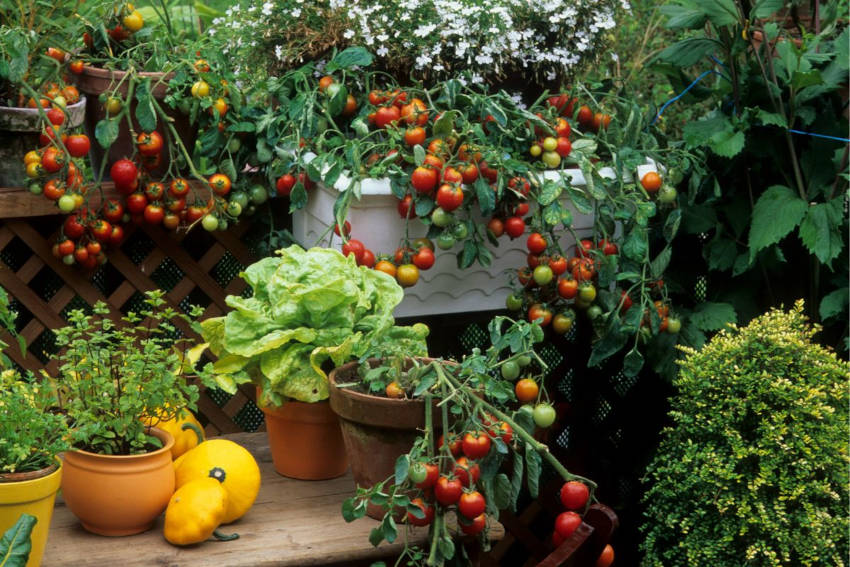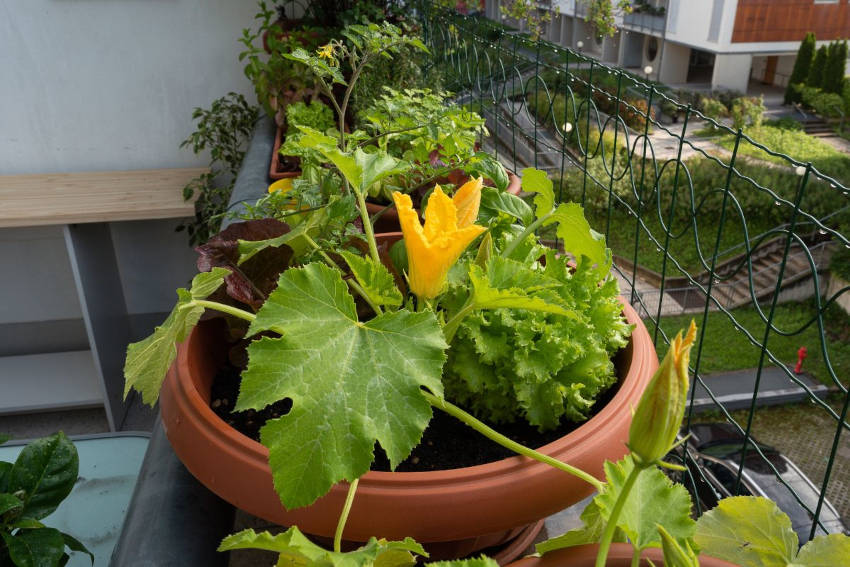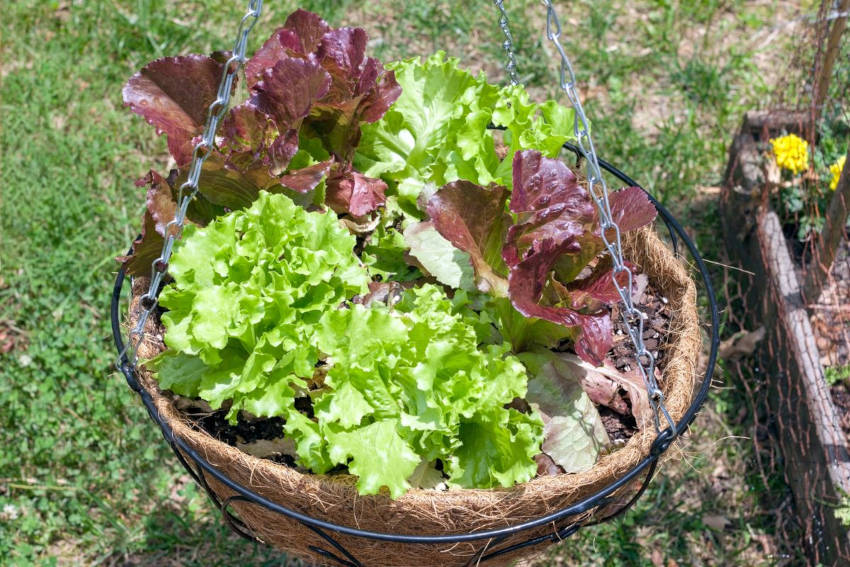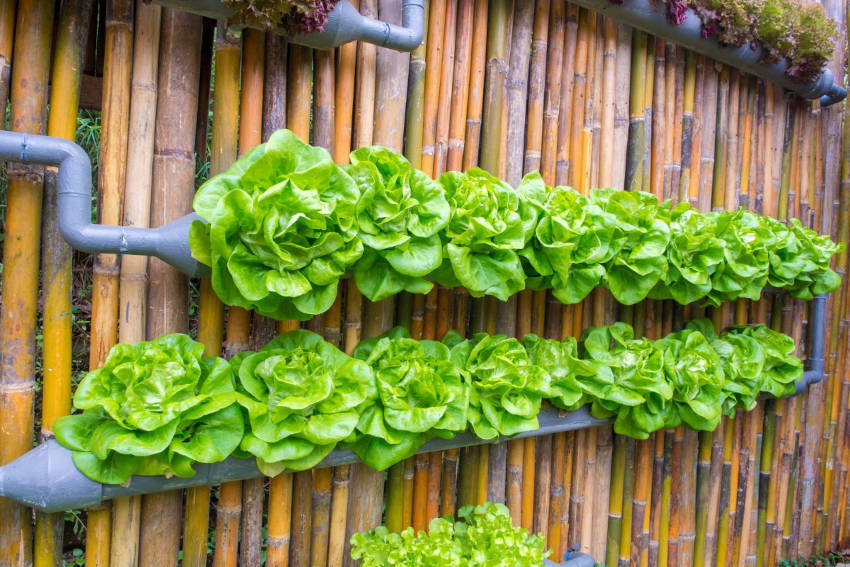In a time of rising prices and supply chain disruptions, the idea of growing your own food is undeniably appealing. Knowing you have a readily available food supply just outside your door is a great feeling. Homegrown vegetables and fruit harvested at peak ripeness have far better flavour and can also be more nutritious than their store-bought counterparts.
But what if you have very little space available for gardening? Can you grow enough food to make it worth the effort? The answer is yes, and here are some tips to get you started.
The Basics
If you have one or more areas that get at least six hours of sunlight daily you're off to a good start. It doesn’t matter if that area is an open part of your garden, a patio or a balcony. You just need to evaluate the space and determine how best to use it.
There are many varieties of vegetables and fruit that do well in small areas as long as they get enough water and sunlight. While some hybrid vegetables have been developed to produce smaller plants especially for small spaces, there are also plenty of heirloom and open pollinated crops suitable to grow in limited space and in containers.
Some Edibles That Do Well in Small Spaces
As a general guide, the following fruit and vegetables will thrive in tight spaces:
- Greens including lettuce, endive, mizuna, spinach and silverbeet
- Root crops including beetroot, carrot, radish and onion (especially bunching onion)
- Dwarf and cherry tomato
- Cucumber
- Capsicum and chilli
- Herbs
- Strawberry and blueberry
For larger growing vegetables like pumpkin, bean and pea, look to bush varieties that grow on compact plants rather than vines. Suitable varieties include ‘Gold Nugget’ pumpkin, bush and dwarf beans and ‘Novella’ pea. Even some varieties of melon have been developed to do well in limited space. When selecting vegetables for your small garden, look at the mature height of each variety and choose the smallest available. Taking note of the ‘days to maturity’ can also help you choose smaller, fast-maturing varieties.
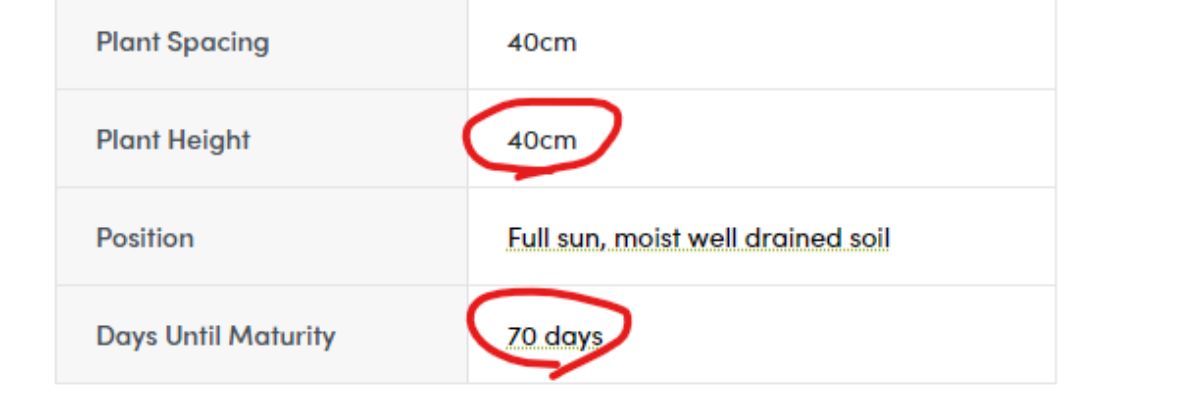
Making the Best Use of Your Space
Here are some options to consider when determining how best to use your limited amount of gardening space:
-
Use pots or containers: Bushy plants including berries, herbs, greens, tomatoes and chilli will do well in pots. Take note of the recommended container size to give plants enough space for their roots to develop fully. Keep in mind that plants grown in containers will benefit from more regular watering and some extra fertiliser compared to those grown in a garden bed. Staking might be required to provide support for the plants as they grow heavy with fruit.
-
Go vertical: Vine plants such as cucumbers and melons can be planted in pots but will need something to cling to as their vines grow and produce. A trellis, piece of lattice, tensioned wire or an existing fence (think chain-link) will allow them to grow vertically so they take up less space as they produce their harvests.
-
Grow in Raised beds: You can find DIY instructions online and build your own raised beds tailored to fit your space or buy them ready-made. Raised beds can be installed on top of paving in courtyards to increase your growing space. A sturdy, deep raised container will work well for most plants but is especially suitable for root crops (carrots, onions etc) that need at least 30cm of soil depth to grow well.
-
Hanging baskets: If you're planting on your patio, hanging baskets with leafy plants like lettuce and strawberries can add beauty while also producing a harvest for the table.
-
Other hanging planters: Many vertical surfaces including fences and walls can be used to mount trellises or hang containers to increase your growing space. There are some ingenious ideas for hanging planters made from guttering, upcycled drink bottles, plastic pots and felt or hessian planting bags that can be attached to these vertical surfaces and used to grow plants without taking up any lawn or floor space.
-
Mix edibles with ornamental plants: If you already have some garden space that's being used for decorative plants, you can mix in some edibles to fill ‘gaps’ between the plants. You'll just need to make sure all of the plants get the sun and water they need. For example, planting a tomato near a smaller flowering plant might shade it or deprive it of needed nutrients, so extra fertiliser or water may be required.
Keep in mind when planting in containers that good drainage is a must. If your containers do not have drainage holes and water is allowed to pool in them, your plants will not survive.
Soil, Food and Water
When you plant in a container you'll need to start out with a high-quality potting mix. Any potting mix that meets the Australian Standard should be fine to use; mixes specially tailored for vegetables that include compost and slow-release fertiliser granules are also a good choice. Because the water drains through containers and washes away some of the soil's nutrients faster than they wash away in garden beds, you'll likely need to periodically feed your plants using a liquid fertiliser. Just be sure to follow the instructions so you don't overfeed. Too much of a good thing can harm your crops.
Depending on how much sunlight your plants get and how warm it is where you are, you may need to water them as often as twice daily in the heat of summer - once in the morning and again in the late afternoon. Watering during the heat of the day is not a good idea. In the cooler months, water only when the soil is moist 5cm below the surface. To learn more about watering containers, click here.
Go Forth and Garden!
This article provides some encouragement and an overview to help you get started growing your own produce. You'll likely need to do some additional homework and ask some questions to get your garden started. There may also be some trial and error involved. But take heart, you will succeed and be producing your own fresh and tasty veggies and fruits in no time.
Gardening isn't difficult, in fact it should be fun and satisfying to grow even a small proportion of what you eat. Don’t let having a small area stop you from increasing your self-sufficiency and enjoying some healthy, homegrown produce.
